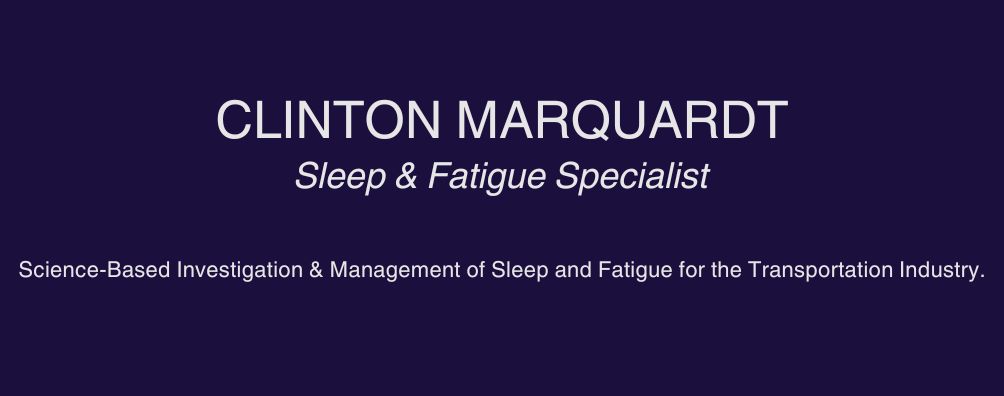How do I fix the problem? Treatments for Sleep Apnea
First and foremost, avoid alcohol and other Central Nervous System (CNS) depressants. These exacerbate sleep apnea and decrease the amount of oxygen in your blood.
Continuous Positive Airway Pressure (CPAP): This is a highly effective treatment for obstructive sleep apnea (OSA) and a somewhat effective treatment for central sleep apnea. CPAP is a small air pump with a snug fitting mask that you wear over your nose every night. The air pump provides continuous pressurized air to prevent your upper airway from collapsing. CPAP acts as a pneumatic splint for the airway, increases lung volumes, and stimulates upper airway receptors. For ideas on how to effectively use CPAP, check out these tips.
Pharmacological Treatments: Medications are often used for the treatment of central sleep apnea (CSA), but they have not been all that successful. Since apneas tend to be longer and more frequent during REM sleep, REM suppressants such as tricyclic antidepressants are often the drugs of choice. Respiratory stimulants are prescribed as well.
Weight Loss: This approach often leads to significant improvement in the reduction of OSA. Some research has shown that as little as a 5-10% reduction in body weight can stop mild OSA.
Tongue Retaining Device: This a device worn in the mouth during sleep which holds the tongue forward. By holding your tongue forward, you are preventing it from relaxing back into the upper airway and causing an obstruction. This approach has been somewhat effective for OSA.
Uvulopalatopharyngoplasty (U.P.P.P.): This is a surgical technique that is completed with a scalpel or laser. The occlusion producing tissue in the upper airway, such as the uvula, is removed. It is normally a very painful process and less than 40% effective for OSA.
 Mandibular Advancement Devices (MAD): MAD’s advance the lower jaw slightly to increase the opening of the airway at the back of the throat and keep the base of the tongue from falling back. It is a very effective treatment for mild OSA and snoring. I recommend trying an affordable version of a MAD before having your dentist craft a customized one for you.
Mandibular Advancement Devices (MAD): MAD’s advance the lower jaw slightly to increase the opening of the airway at the back of the throat and keep the base of the tongue from falling back. It is a very effective treatment for mild OSA and snoring. I recommend trying an affordable version of a MAD before having your dentist craft a customized one for you.
Tracheostomy: This is a surgical technique for OSA that creates a permanent opening in the trachea and the neck to allow air to pass through. The opening is closed during waking hours with a plug.
Home Remedies: Placing a tennis ball in a sock and then attaching it to the individual’s back can prevent them from sleeping on their backs where snoring and apneas are often worse. The obvious drawback is that the discomfort can ruin one’s sleep. Generally, home remedies for apnea and snoring are not very effective.
Thanks to L. Orr, BA, RPSGT for her help with this article.


